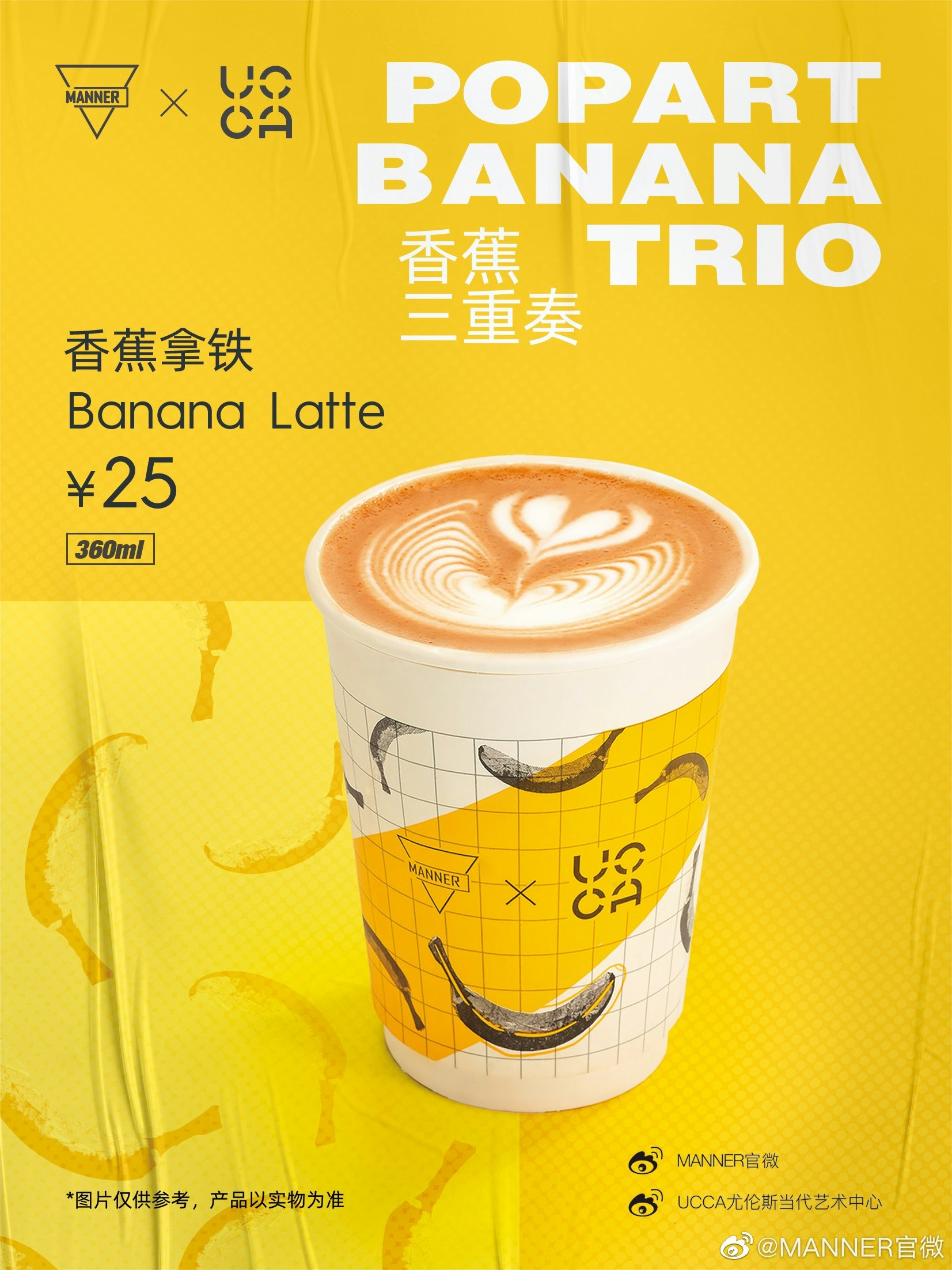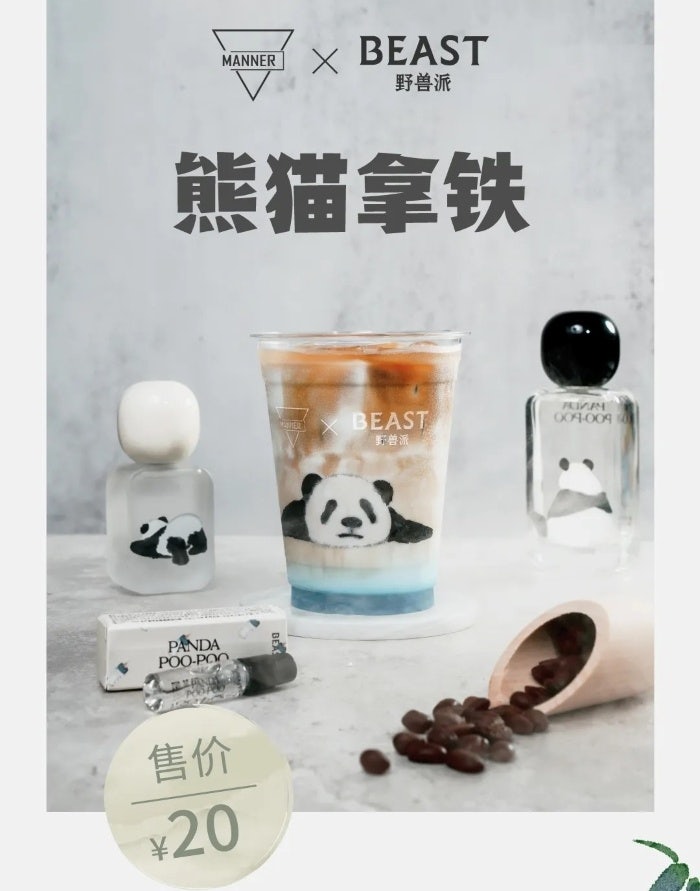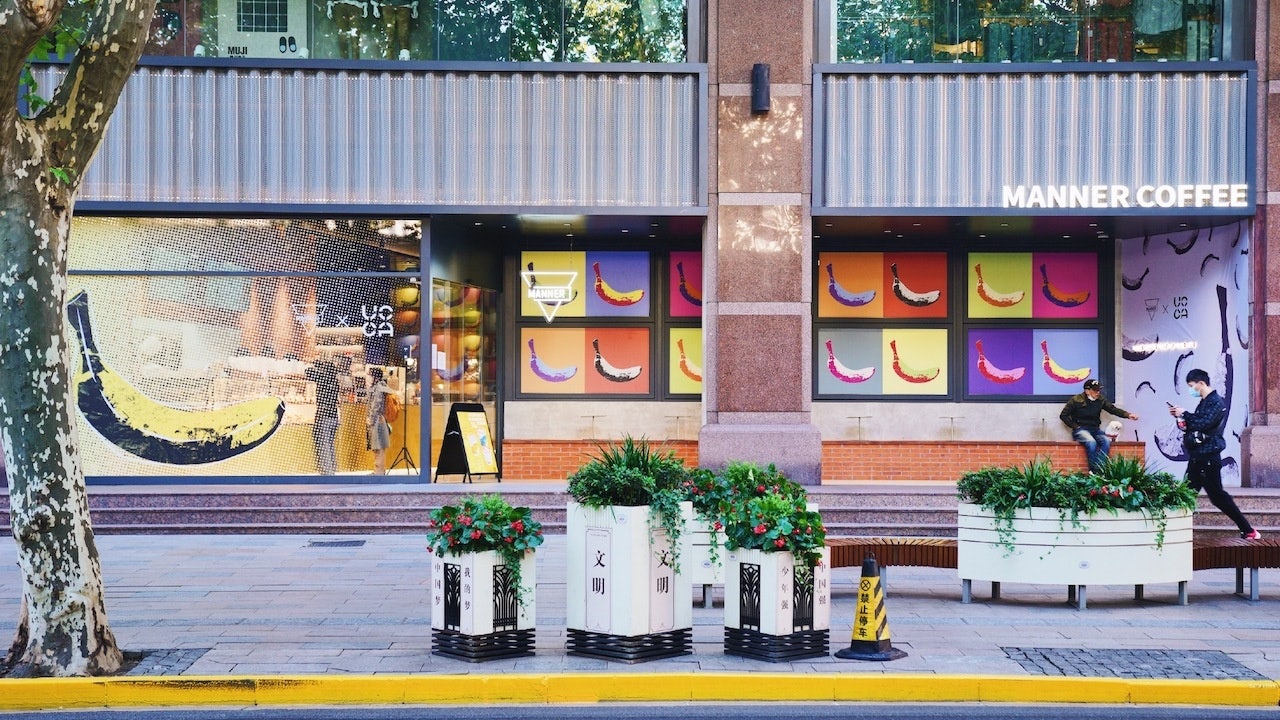It is no secret that coffee is big business in China, with the market projected to reach RMB 113 billion ($17.7 billion) in revenue this year and achieve a compound annual growth rate (CAGR) of roughly 10 percent over the next five years, more than double the expected global rate of 4.2 percent. For the likes of Illycaffè and Starbucks — which entered the China market in 1999 and now operates more than 5,000 stores in 200 mainland Chinese cities — as well as newer international entrants like Lavazza and Tim Hortons, China is a much-needed sales driver.
While the challenge for Starbucks and other early entrants was building a culture of coffee consumption basically from scratch, the challenge now is fending off competition from a wave of (largely local) competitors that are nimble, innovative, and highly marketing-savvy. Whereas the heavily hyped Luckin Coffee — which opened thousands of locations at a breakneck pace over a three-year span before a dramatic implosion in late 2020 — took on the likes of Starbucks by offering similar beverages at unsustainably deep discounts, the new generation of Chinese coffee brands instead applies tried-and-true content-commerce strategies that cater directly to the tastes of young consumers and could foster long-term growth.
One domestic Chinese coffee brand to watch is Shanghai-based Manner, which has grown from one streetside stall in 2015 to more than 300 locations throughout mainland China today. Manner’s retail footprint nearly doubled from June to October of this year after the company — flush with a cash injection from the likes of Singapore's Temasek, Bytedance, and the venture arm of Meituan — opened an astonishing 150 new locations in rapid succession. According to Chinese media, Manner already boasts an eye-watering $4.5 billion valuation and is reportedly planning to raise up to $300 million via a Hong Kong IPO to fuel its ambitious expansion effort.

While the cornerstone of Manner’s value proposition is pretty much the same as many local coffee upstarts (including Luckin), basically “Starbucks but cheaper,” the company has progressed beyond price alone to build a lifestyle brand that shares more in common with Scandinavian-inspired Japanese coffeeshops like % Arabica (which has opened nearly 60 locations since entering the China market three years ago) or massively successful local milk tea-centric chains like Hey Tea (喜茶).
In addition to aggressively pricing its beverages (roughly 30-40 percent less than Western chains), Manner has attracted young professionals via stylish locations and a nod to sustainability, offering discounts for customers who bring their own cups. But perhaps more importantly, Manner has smartly leveraged content-commerce-based marketing in the vein of Hey Tea and its close competitor Nayuki Tea through product collaborations that foster buzz and catch the attention of younger millennial and Gen Z consumers.
With eyes clearly on the rising ranks of Chinese Cultural Consumers, Manner recently launched a collaboration with the Ullens Center for Contemporary Art (UCCA), creating a special-edition Banana Latte to promote the UCCA exhibition Becoming Andy Warhol, the artist's largest-ever show in China. Priced at an affordable RMB 20-25 ($3.00-4.70), the Warhol-edition Banana Latte included a themed cup holder, adding yet another layer of online shareability to the collab and veering into merchtainment.

Another successful collaboration in July saw Manner team up with the popular Shanghai-based lifestyle brand THE BEAST on a “Panda Latte” to promote THE BEAST’s panda-themed fragrance series. (Somewhat unfortunately anglicized as “Panda Poo Poo" but more accurately called "Panda Puff," 熊猫噗噗.) Also priced at just RMB 20, the Panda Latte, like its banana-themed counterpart, incorporated unusual flavors — in this case, elderberry, gooseberry, honey, and vanilla (mirroring the scent profile of the Panda fragrances) — and a sky-blue color scheme.
Driving home the co-branded nature of the beverage, each Panda Latte came with a tiny THE BEAST bag that included a sample of the fragrance. Manner Coffee also outfitted one Shanghai location with a BEAST-branded panda theme, encouraging repeat visits and ample sharing on social platforms.
Like Hey Tea, which rapidly pulled away from the pack in a highly saturated milk tea market through unusual (and photo-worthy) flavors, limited edition products, distinctive retail locations, and collaborations with global names like Fenty Beauty, Manner has the potential to quickly build market share, particularly given its attractiveness to retail investors.
According to Dao Nguyen, founder of the boutique strategic marketing agency Essenzia, "Brands like Manner are extremely successful right now because they innovate and introduce new polysensorial experiences, rather than 'only' be a new place to gather, or 'only' proposing new drink with singular flavor combinations."
The question is how Manner and other local coffee chains can sustain their current momentum and stay ahead of a crowded pack, progressing beyond one-shot collabs or razor-thin (or nonexistent) product margins. This will be particularly important for Manner as it embarks on what looks to be an expansive retail expansion in the months ahead, making it a threat to incumbents like Starbucks and other well-capitalized global chains. Will innovative drinks and effective content-commerce alone be enough to stay ahead of other startups as well as huge multinationals?

